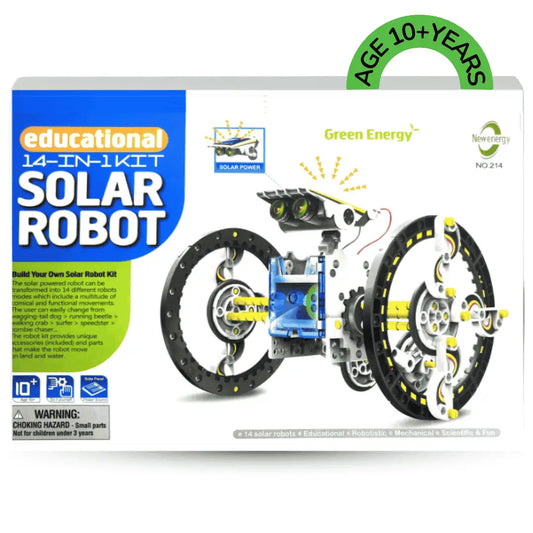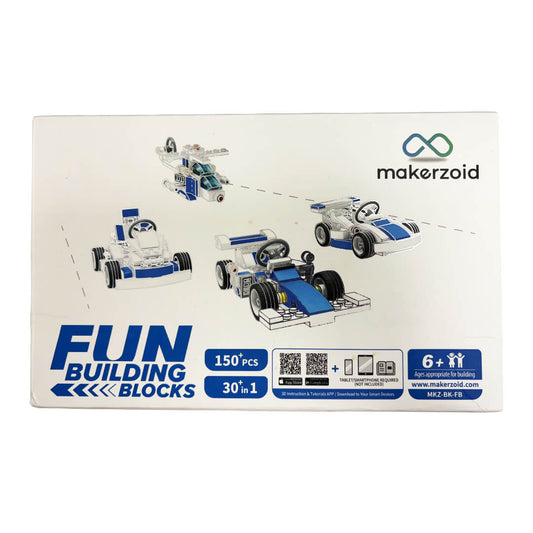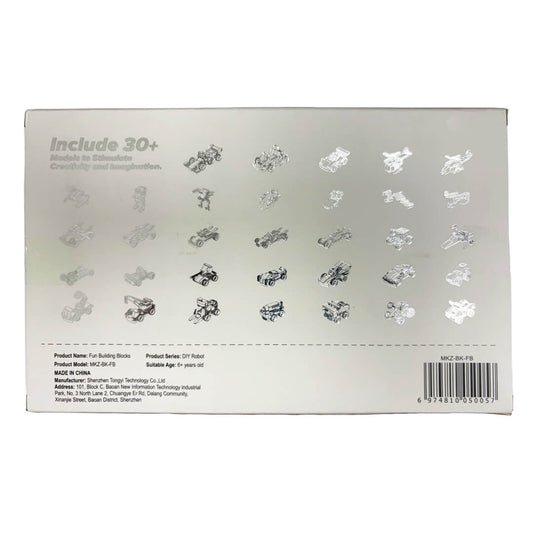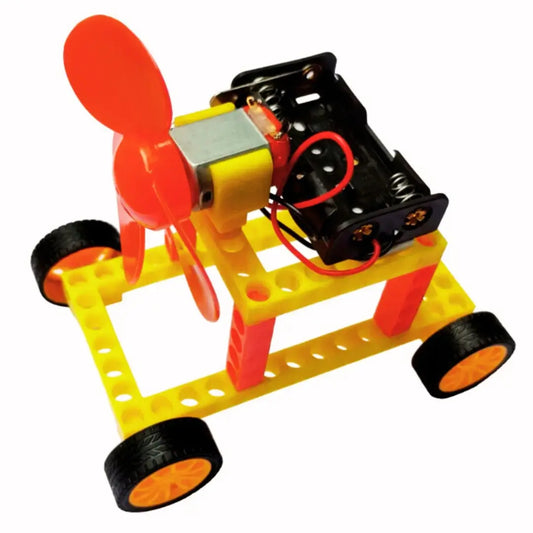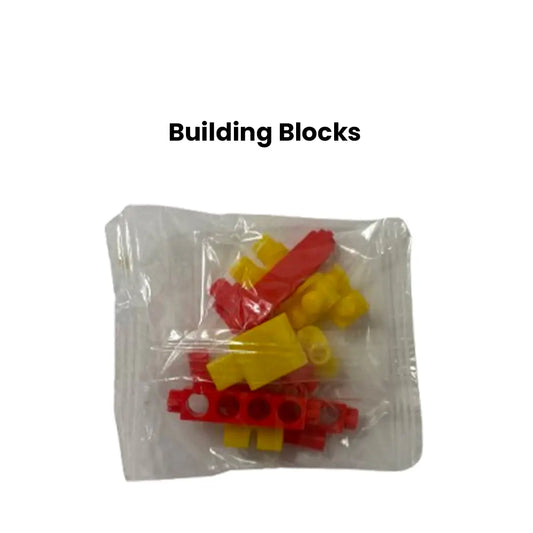
DuPont Cables: High-Performance Wiring Solutions
IEM RoboticsTable of Content
- Understanding DuPont Cable
- Common Uses of Dupont wire
- Essential Features of DuPont Cables
- Core Conductor Materials
- Insulation Materials
- Types of DuPont Cables
- Manufacturing Process of DuPont Cables
- Applications of DuPont Cables
- Conclusion
Dupont cable have proven to be quality, long-lasting, and effective conductors used extensively in electronics, aerospace, medical, industrial automation, and renewable energy industries.
DuPont cables are recognized for their excellent insulation materials, conductivity, and flexibility, which makes them essential for use in situations where accuracy, strength, and reliability are vital considerations. They are employed for ordinary power transmission and find significant applications in prototyping, data transmission at high frequencies, and specialized industrial applications.
This article presents an in-depth and technical discussion of dupont wire, including its materials, types, manufacturing process, applications, benefits, and future advancements in the cable sector.
Understanding DuPont Cable
DuPont cables are generally multi-strand, insulated electric cables widely used for low-voltage and signal transmission purposes. They are typically made of flexible plastic materials for the insulation so they can last long while withstanding weather conditions.
They are primarily employed in prototyping, electronic engineering, and industrial uses because they can give sustainable electrical conductance with physical integrity. They are widely used in:
● Electronic prototyping (e.g., Arduino, Raspberry Pi, and IoT projects).
● Industrial automation and sensor connectivity.
● Medical devices require high precision and durability.
● Aerospace and defense applications, where thermal resistance is critical.
Unlike conventional cables, dupont cable offer superior mechanical strength, resistance to harsh environments, and high electrical efficiency, making them a preferred choice in specialized applications.
Common Uses of Dupont wire
● Development Board Projects: In Arduino and Raspberry Pi projects, DuPont connectors quickly connect multiple sensors and modules so that developers can rapidly change and debug connections.
● Electronics Prototyping: DuPont connector design supports rapid prototyping, which allows users to build and reconfigure circuits needed for experimentation rapidly.
● Breadboard Connections: As jumper wires, DuPont connectors find frequent applications for temporary breadboard-to-breadboard or other module connections with flexibility to allow circuit modification.
● RC Applications: In RC model applications, dupont wire provides a way of connecting 0.1-inch 3-pin male headers, frequently connects RC servo controllers to motor controllers, and offers simple ways of connecting numerous sensors to robot controllers.
Essential Features of DuPont Cables
● High Conductivity: Advanced cables utilize high-purity copper or silver-plated copper conductors. These materials exhibit superior electrical conductivity, ensuring efficient and reliable transmission of electrical signals and power.
● Advanced Insulation: These dupont cable employ advanced polymer technology for insulation, such as PTFE (Polytetrafluoroethylene), PFA (Perfluoroalkoxy), or FEP (Fluorinated ethylene propylene). These materials offer exceptional resistance to extreme temperatures, moisture, and harsh chemicals, ensuring the cable's longevity and performance in demanding environments.
● Flexibility and Strength: Advanced cables are designed to be flexible and mechanically strong. They can withstand repeated bending and flexing without compromising their structural integrity or electrical performance, making them suitable for applications where flexibility and durability are essential.
● Flexible Configurations: To cater to diverse applications, advanced cables are available in various configurations, including single-core, multi-core, shielded, and unshielded options. Shielded cables incorporate a metallic layer that protects against electromagnetic interference (EMI), ensuring signal integrity in sensitive applications.
Materials of DuPont Cable
The performance and quality of DuPont cables rely significantly on their core conductors, insulation materials, and shielding materials.
Core Conductor Materials
The conductor is the essential component of any cable, which carries electrical signals effectively. Dupont cable are made from:
High-Purity Copper (Cu):
● Excellent electrical conductivity (approximately 58 MS/m).
● Corrosion-resistant and very flexible.
● Best suited for low-voltage and signal transmission applications.
Tinned Copper:
● A tin-coated copper conductor.
● Increases corrosion resistance, particularly in damp conditions.
● Improves solderability and is therefore ideal for PCB and prototyping uses.
Silver-Plated Copper:
● Applied in high-frequency applications and aerospace systems.
● Provides better conductivity than plain copper.
● Reduces signal loss in radio-frequency (RF) applications
Insulation Materials
Insulation on the conductor is essential to avoid electrical leakage, enhance safety, and increase mechanical strength. Dupont wire employ:
PTFE (Polytetrafluoroethylene):
● Resistant to heat up to 260°C.
● Very low dielectric constant, minimizing signal loss.
● Well-suited for high-frequency and aerospace applications.
PFA (Perfluoroalkoxy):
● It is more flexible than PTFE.
● High dielectric strength, well suited to high-voltage applications.
FEP (Fluorinated Ethylene Propylene):
● Excellent chemical resistance.
● Industrial and medical applications.
PVC (Polyvinyl Chloride):
● Low cost and commonly used in general applications.
● It has good flexibility but no high-temperature resistance.
Shielding for EMI Protection
In electromagnetic interference (EMI) environments, shielded duPont cable protect against signal degradation. Shielding may be:
● Foil Shielding: A thin aluminum coating that keeps external EMI away from signals.
● Braided Shielding: A woven copper mesh offering more excellent EMI protection, commonly used in industrial and aerospace applications.
Types of DuPont Cables
Single-Core DuPont Cables
● Construction: These cables consist of a single, thick conductor wire, typically made of copper, surrounded by insulation and a protective jacket.
● Advantages:
○ Minimal Signal Loss: The single, thick conductor minimizes resistance, ensuring efficient signal transmission with minimal loss.
○ Direct Connections: Ideal for applications that require simple, direct point-to-point connections.
● Disadvantages:
○ Limited Flexibility: The thick conductor can make the cable less flexible than multi-core alternatives.
○ Susceptible to Interference: Without shielding, they may be more susceptible to electromagnetic interference (EMI) in noisy environments.
● Common Applications:
○ Power Transmission: Delivering power to simple electrical devices.
○ Basic Circuitry: Connecting components in straightforward electronic circuits where signal integrity is crucial.
Multi-Core Dupont wire
● Construction: These cables contain multiple, thinner conductor wires, each individually insulated and bundled within a typical outer jacket.
● Advantages:
○ Space Efficiency: Multiple conductors within a single cable save space and reduce clutter.
○ Versatility: Can carry multiple signals simultaneously, making them suitable for complex circuits and data transmission.
● Disadvantages:
○ Potential for Crosstalk: Without proper shielding, signals in adjacent conductors may interfere (crosstalk).
○ Increased Complexity: Handling and terminating multiple conductors can be more complex than working with single-core cables.
● Common Applications:
○ Data Transmission: Transferring data between devices, such as in computer networks and automation systems.
○ Complex Circuitry: Wiring intricate electronic systems with multiple signal paths.
Shielded DuPont Cables
● Construction: These dupont wire incorporate a metallic shield, typically made of copper braid or foil, around the conductor(s) to protect against EMI.
● Advantages:
○ EMI Protection: The shield minimizes electromagnetic interference from external sources, ensuring signal integrity.
○ RFI Reduction: The shield also reduces radio frequency interference, improving signal quality.
● Disadvantages:
○ Increased Cost: Shielded cables are generally more expensive than unshielded ones.
○ Added Bulk: The shielding adds an extra layer, making the cable slightly thicker and less flexible.
● Common Applications:
○ Sensitive Electronics: Protecting delicate electronic components from EMI in industrial settings or medical devices.
○ High-Frequency Signals: Transmitting high-frequency signals with minimal distortion or data loss. Unshielded DuPont Cables
● Construction: These cables lack a metallic shield, relying solely on the insulation and outer jacket for protection.
● Advantages:
○ Cost-Effective: Unshielded cables are typically more affordable than shielded alternatives.
○ Flexibility: Without the added bulk of shielding, these cables are often more flexible and easier to handle.
● Disadvantages:
○ EMI Susceptibility: Unshielded cables are more vulnerable to electromagnetic interference, which can degrade signal quality.
● Common Applications:
○ Low-Risk Environments: Suitable for applications in environments with minimal EMI, such as simple electronic circuits or low-voltage power transmission.
Connector Types
● Male-to-Male: These connectors have pins on both ends, directly connecting two boards or devices.
● Female-to-Female: These connectors have sockets on both ends, often used for interfacing PCB modules or extending connections.
● Male-to-Female: These dupont wire have pins on one end and sockets on the other. They are commonly used for jumper wires and connecting components of different genders.
Manufacturing Process of DuPont Cables
DuPont cable production uses precision engineering methods to ensure high quality and reliability.
Wire Drawing
● Conductors are thin strands made by drawing using rolling and extrusion for the required thickness. Insulation Coating
● Polymer insulation is applied to the conductor using an extrusion method to provide the same thickness throughout the insulation.
Shielding and Jacketing
● A shielding layer is applied if the cable must be protected against EMI.
● A final outer jacket (PVC, PTFE, or FEP) is applied to add ruggedness.
Quality Control and Testing
● Voltage Breakdown Test: Tests insulation resistance to high voltage.
● Continuity Testing: Ensures unbroken signal flow.
● Flexibility Testing: Tests mechanical ruggedness for repeated bending.
Applications of DuPont Cables
Electronics and Prototyping
● Arduino, Raspberry Pi, and sensor interfacing: This involves connecting various sensors (like temperature, humidity, pressure, etc.) to microcontrollers like Arduino or single-board computers like Raspberry Pi. This dupont cable enables data collection, analysis, and control of external devices based on sensor readings.
● DIY electronics and robotics uses: This broad category encompasses hobbyist and educational projects, such as building robots, electronic gadgets, and home automation systems using readily available components and open-source platforms.
Industrial Automation
● Sensor and actuator connectivity in PLC applications: In industrial settings, sensors collect data about the process (e.g., temperature, pressure, flow rate), and actuators control the process (e.g., valves, motors, pumps). These are connected to Programmable Logic Controllers (PLCs) that automate the process based on predefined logic and sensor inputs.
● Wiring for high-vibration machines: Industrial machinery, especially those subject to high vibrations, require specialized wiring and cabling solutions to ensure reliable and safe operation. This includes using vibration-resistant cables, connectors, and strain-relief mechanisms.
Aerospace and Defense
● Satellite and avionics wiring: Aerospace applications demand high-reliability wiring that can withstand extreme temperatures, vibrations, and radiation. This includes wiring for communication systems, navigation systems, and power distribution within satellites and aircraft.
● High-frequency transmission systems: Radar, communication, and electronic warfare systems require specialized wiring and cabling for high-frequency signal transmission, which includes using coaxial cables, waveguides, and other transmission line components.
Medical Equipment
● Biomedical sensors and diagnostic instruments: Medical devices rely on various sensors to measure physiological parameters (e.g., heart rate, blood pressure, oxygen saturation). These sensors require specialized wiring and interfacing with data acquisition and analysis systems.
● Wearable technology: Wearable devices like fitness trackers and smartwatches incorporate various sensors and communication modules. These require miniaturized and flexible wiring solutions to ensure comfort and functionality.
Renewable Energy
● Solar panel wiring with UV-resistant insulation: Solar panels are exposed to harsh environmental conditions, including intense sunlight and UV radiation. To ensure long-term reliability and safety, solar panel wiring requires UV-resistant insulation.
● Wind turbine electrical circuits: Wind turbines generate electricity that needs to be transmitted to the grid. This involves wiring for power generation, control, and communication systems within the turbine nacelle and tower.
Conclusion
DuPont cables are now a standard measure of electrical performance and are commonly used in prototyping, industrial applications, medical equipment, aerospace products, and renewable energy. With the development of nano-materials, AI monitoring, and self-healing polymers, dupont wire will remain at the center of next-generation technology.
For engineers, designers, and industry experts, selecting the appropriate DuPont cable guarantees integrity, safety, and efficiency in electrical systems.



